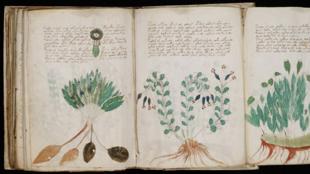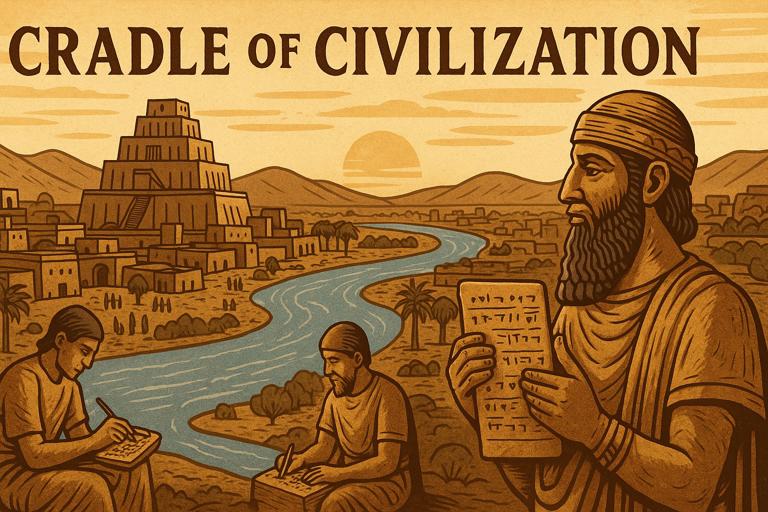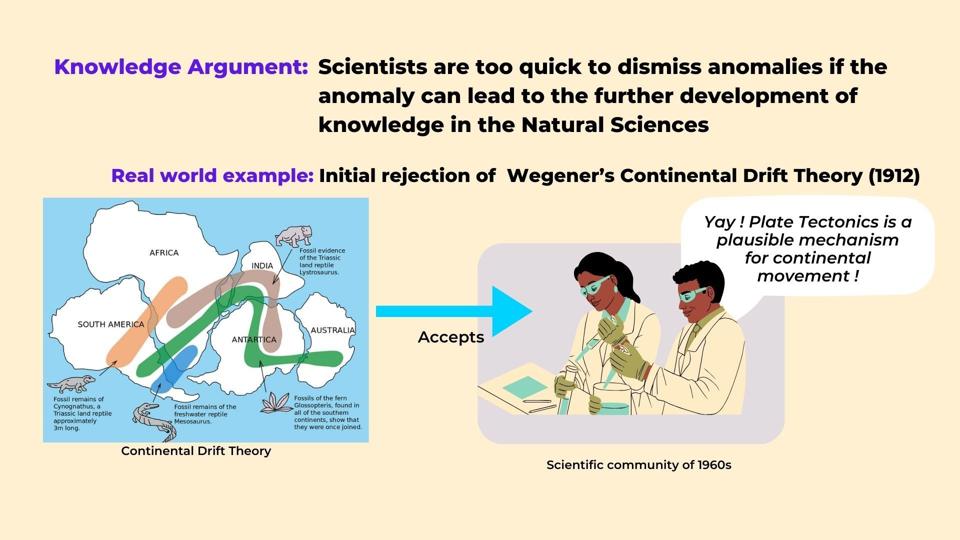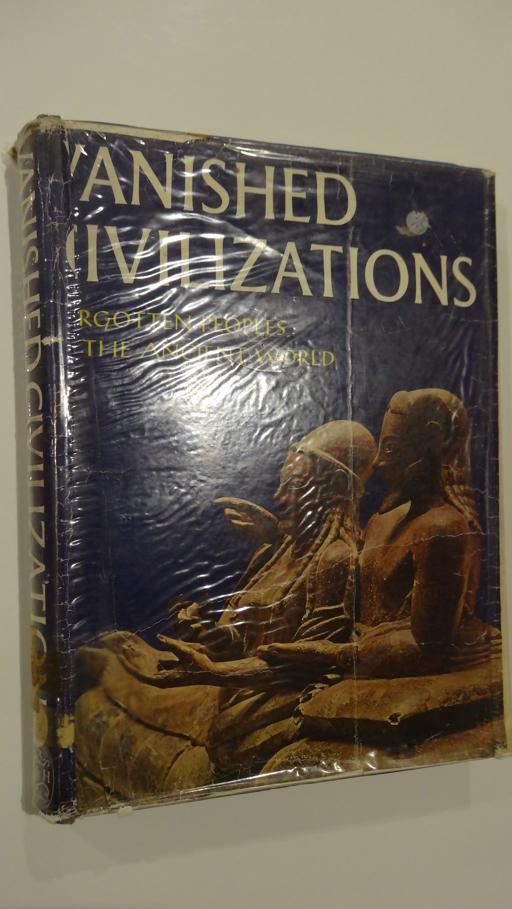Lost in Translation: The Secrets of Ancient Manuscripts
Unveiling the Mysteries of Ancient Texts: A Journey Through Time and Language

Frequently Asked Questions
Ancient manuscripts serve as primary sources that provide insights into the cultural, social, and political aspects of ancient civilizations, allowing us to understand their beliefs, practices, and daily life.
Translation is challenging due to differences in language structures, idiomatic expressions that don't have direct equivalents, and the need to understand the cultural context in which the texts were written.
Step by Step Guide
1
Understanding the Importance of Ancient Manuscripts
Begin your journey by exploring why ancient manuscripts hold significant value. These texts are the cornerstones of human history and reveal insights into our ancestors' cultures, beliefs, practices, and languages.
2
Identifying Different Types of Manuscripts
Learn about various types of ancient manuscripts, including religious texts, literary works, historical records, and philosophical treatises. Recognizing these categories will help you appreciate their contexts and purposes.
3
Exploring Historical Contexts
Delve into the historical contexts in which these manuscripts were created. Understand the socio-political, religious, and cultural factors that influenced their writing and preservation.
4
Languages and Scripts Used
Investigate the different languages and writing systems used in ancient manuscripts. Learn about scripts like Latin, Greek, Arabic, Sanskrit, and hieroglyphs, and how they impact the interpretation of the texts.
5
Translation Techniques and Challenges
Examine the techniques used by linguists and translators to interpret these ancient texts. Understand common challenges such as idiomatic expressions, cultural references, and the evolution of language over time.
6
Role of Paleography in Manuscript Study
Discover the role of paleography, the study of ancient handwriting. Learn how scholars use paleographic analysis to date manuscripts and understand their origins.
7
Digital Humanities and Manuscript Preservation
Explore the impact of digital humanities on the study of manuscripts. Discuss how technology aids in preserving, digitizing, and making these texts accessible to the public.
8
Deciphering Ciphers and Codes
Learn about ancient ciphers and codes used in manuscripts. Discover famous examples, such as the Voynich Manuscript, and the methods employed to uncover their secrets.
9
Analyzing Specific Manuscripts
Choose several prominent ancient manuscripts, like the Dead Sea Scrolls, the Codex Mendoza, or the Book of Kells. Analyze their content, significance, and the stories they tell.
10
Engaging with the Manuscript Community
Finally, learn how to engage with communities interested in ancient manuscripts. Join forums, attend workshops, and participate in discussions to deepen your understanding and appreciation of these historical texts.








